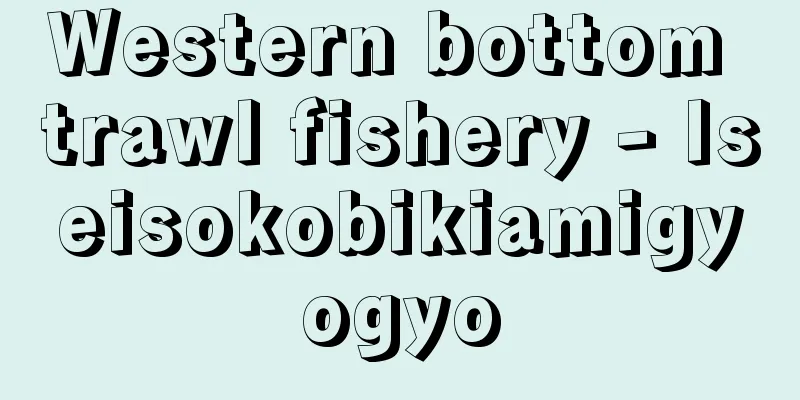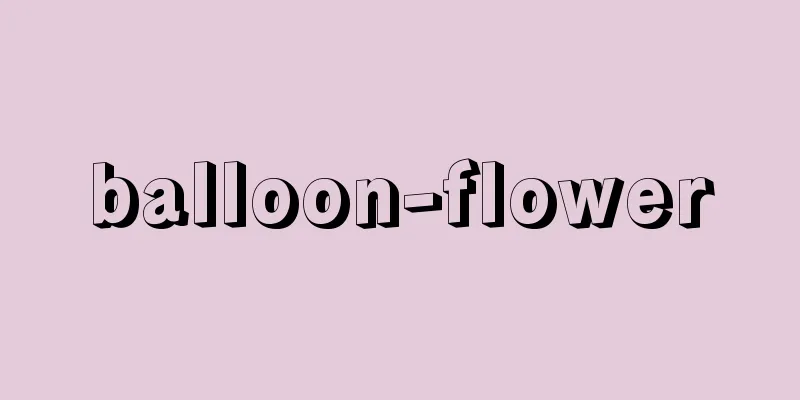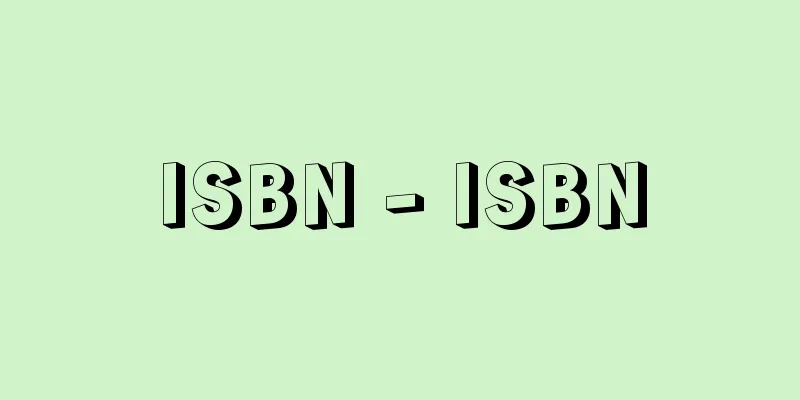Western bottom trawl fishery - Iseisokobikiamigyogyo

|
This type of fishing is conducted in the Pacific Ocean area designated by government ordinance using bottom trawling nets by powered fishing vessels of 15 tons or more in gross tonnage. The marine area is defined by the "Cabinet Order Prescribing Designated Fisheries under Article 52 Paragraph 1 of the Fisheries Law" (Cabinet Order No. 6 of 1963) as being north of the line of 10 degrees 20 seconds north latitude and west of the line consisting of the following lines: (1) The line at 127 degrees 59 minutes 52 seconds east longitude north of 33 degrees 9 minutes 27 seconds north latitude. (2) A straight line from the point at 33 degrees 9 minutes 27 seconds north latitude and 127 degrees 59 minutes 52 seconds east longitude to the point at 33 degrees 9 minutes 27 seconds north latitude and 128 degrees 29 minutes 52 seconds east longitude. (3) A straight line from latitude 33 degrees 9 minutes 27 seconds north, longitude 128 degrees 29 minutes 52 seconds east to latitude 25 degrees 15 seconds north, longitude 128 degrees 29 minutes 53 seconds east. (4) A straight line from 25 degrees 15 seconds north latitude, 128 degrees 29 minutes 53 seconds east longitude to 25 degrees 15 seconds north latitude, 120 degrees 59 minutes 55 seconds east longitude. (5) The line at 120 degrees 59 minutes 55 seconds east longitude south of 25 degrees 15 seconds north latitude. The correct way to write the name of this fishery is as "Isei bottom trawl fishery", but it is generally written as "Isei bottom trawl fishery". This fishery consists of trawl fishery and mechanical bottom trawl fishery, and since 1969, the catch by trawl has been less than 1%; most of the catch is by mechanical bottom trawl. The fish caught are a wide variety, including squid, croaker and croaker (white croaker, black croaker, yellow croaker, and croaker), flatfish, conger eel, hairtail, lizardfish, rays, sea bream (yellow sea bream, red sea bream), shrimp, gurnard, and other bottom fish. This fishery started in the Yellow Sea and East China Sea in the 1910s (late Meiji period), and has undergone various changes up to the present day. When operations first began, most of the fishing was done by single trawlers using otter boards (spreading nets) that had only recently been introduced from the UK. However, as large corporations had a monopoly on most of the fishing, ordinary fishermen moved in with mechanical bottom trawling, which was a combination of two boats that improved on the traditional Japanese hand-held seine nets, and with their technological advances they eventually surpassed trawling. As both fishing methods are highly mobile and efficient, they caused conflicts with other coastal fishermen, but they gradually developed, and by 1940 (Showa 15), there were 58 trawlers and 678 bottom trawlers, and the catch reached approximately 200,000 tons. Although the fishery was temporarily devastated during World War II, it rapidly recovered to prewar levels within three or four years after the war, and despite international regulations from China and South Korea, the catch volume continued to steadily increase, reaching 370,000 tons in 1961. However, this once-prosperous fishery began to show signs of a decline in resources and smaller fish in the 1960s, and from 1961 onwards the catch volume began to decline. After that, most of the trawlers were transferred to the newly developed distant sea fishing grounds in the North Pacific and the South, and the bottom trawlers voluntarily reduced the number of vessels and tried to maintain the resource by setting mesh size restrictions and no-fishing zones, but the catch continued to decline, falling to 220,000 tons in 1972. In the second half of the 1970s, coastal countries expanded their territorial waters and the issue of establishing 200-nautical-mile economic zones arose, while domestically, labor costs and fuel prices soared, and the deterioration of business became even more serious. From 1980 onwards, various countermeasures were taken, such as a further drastic reduction in the number of vessels, but the situation remained extremely severe. The number of vessels authorized to operate the westward trawl fishery in the 2000s was 44 in 2000, 18 in 2001-2004, and 13 in 2005-2007. The catch was 7,000 tons and 3.1 billion yen in 2000, but dropped to 6,000 tons and 1.85 billion yen in 2005. In addition, new fishery agreements were concluded between Japan and China and between Japan and South Korea, and the East China Sea and Yellow Sea were also included in the 200-nautical-mile system. However, a wide-area common fishing ground (mutual fishing ground) was established, and there is also mutual access to the 200-nautical-mile economic zone, so the westward trawl fishery continues to be exposed to international competition. Meanwhile, efforts are being made to manage resources in the 200-nautical-mile economic zone. In the case of demersal fish, which have a low regenerative capacity and are therefore more susceptible to the effects of overfishing, careful consideration must be given to how resource management techniques such as restrictions on fishing effort (reducing the number of fishing vessels, suspending fishing, restricting the size of fishing gear, etc.), restrictions on catch volume, and other restrictions (fishing seasons, establishment of protected areas, restrictions on mesh size, etc.) should be combined and implemented. [Kazusei Yoza and Teisuke Miura] "Major Fisheries Trends and Issues from 1996 to 1997, compiled and published by the Fisheries Department of the Norinchukin Bank (1998)" ▽ "Postwar History of Western Bottom Trawl Fisheries II, by Chikano Kataoka (Research Report of the Faculty of Fisheries, Nagasaki University, No. 91, pp. 35-59, 2010, Faculty of Fisheries, Nagasaki University)" ▽ "Fisheries Yearbook 2011, compiled by the Fisheries Yearbook Editorial Committee (2011, Suisansha)" [References] | | | | |Source: Shogakukan Encyclopedia Nipponica About Encyclopedia Nipponica Information | Legend |
|
政令で定める太平洋の海域において、総トン数15トン以上の動力漁船により底引網を使用して行われる漁業。 海域は、「漁業法第52条第1項の指定漁業を定める政令」(昭和38年政令第6号)により、北緯10度20秒の線以北で、以下の線からなる線以西と定められている。 (1)北緯33度9分27秒以北の東経127度59分52秒の線。 (2)北緯33度9分27秒東経127度59分52秒の点から北緯33度9分27秒東経128度29分52秒の点に至る直線。 (3)北緯33度9分27秒東経128度29分52秒の点から北緯25度15秒東経128度29分53秒の点に至る直線。 (4)北緯25度15秒東経128度29分53秒の点から北緯25度15秒東経120度59分55秒の点に至る直線。 (5)北緯25度15秒以南の東経120度59分55秒の線。 漁業における名称表記としては「以西底曳(そこびき)網漁業」とするのが正しいが、一般には「以西底引網漁業」の表記が通行している。この漁業にはトロール漁業と機船底引網漁業とがあり、トロールによる漁獲は1969年(昭和44)以来1%にも満たず、ほとんどが機船底引網によっている。漁獲対象魚は、イカ類、グチ・ニベ類(シログチ、クログチ、キグチ、ニベ)、カレイ類、ハモ、タチウオ、エソ類、エイ類、タイ類(キダイ、マダイ)、エビ類、ホウボウ類、そのほかの底魚など多種類にわたっている。 この漁業が黄海や東シナ海で開始されたのは1910年代(明治末期)からであるが、現在に至るまで種々の変遷を経てきた。操業開始当初は、イギリスから導入されてまもないオッターボード(拡網板)を使用して、1艘(そう)で曳網(えいもう)するトロール漁船が主体であった。しかし、大企業がほとんどを独占していたため、一般漁業者は日本古来の手繰網(てぐりあみ)を改良して2艘で曳網する機船底引網により進出し、技術的にも進歩してトロールをしのぐに至った。両漁法とも機動力のある漁獲効率の高い漁法であるため、ほかの沿岸漁業者との紛争なども生じたが、しだいに発展し、1940年(昭和15)にはトロール船58隻と底引網船678隻で、漁獲量は約20万トンにも達した。第二次世界大戦により一時壊滅状態となったが、戦後3、4年で戦前の水準まで急激に回復し、中国や韓国との国際的な規制を受けながらも、漁獲量は着実に増加し続け、1961年には37万トンを記録した。しかし、順調であったこの漁業も、1960年代に入って、資源の減少、魚体の小形化が目だち、1961年を境に漁獲量は下降し始めた。 その後、トロール船は新しく開拓された北洋や南方の遠洋漁場にほとんど転出し、底引網船も自主減船するほか、網目制限や禁漁区を設定するなど資源維持に努めたが、漁獲量は減少し続け、1972年には22万トンにまで落ちた。1970年代後半には沿岸諸国の領海拡大や、200海里経済水域設定問題がおこる一方、国内的には人件費や燃油が高騰し、経営の悪化はますます深刻なものとなった。1980年以降は、さらに大幅な減船をするなど、種々の対応策が講じられたが、きわめて厳しい情勢となった。 2000年代の以西底引網漁業の許可隻数は、2000年(平成12)で44隻、2001~2004年は18隻、2005~2007年は13隻となっている。漁獲高は2000年で7000トン、31億円であったが、2005年は6000トン、18億5000万円に低下している。また、日中・日韓の新漁業協定が締結され、東シナ海・黄海も200海里体制に入ったが、広域の入会漁場(相互漁場)が設置され、さらに、200海里経済水域への相互入漁もあって、以西底引網漁業は引き続き国際競合にさらされている。一方、200海里経済水域での資源管理も取り組まれている。再生力が低く、過剰漁獲による影響が表れやすい底魚の場合は、資源管理手法としての漁獲努力量規制(減船、休漁、漁具の大きさ規制など)、漁獲量規制、その他の規制(漁期、保護区の設定網目規制など)をどのように組み合わせて実施するのかも十分、検討されなければならない。 [余座和征・三浦汀介] 『農林中央金庫水産部編・刊『平成8年~平成9年度主要漁業の動向と問題点』(1998)』▽『片岡千賀之著「以西底曳網漁業の戦後史Ⅱ」(長崎大学水産学部研究報告第91号pp.35~59・2010・長崎大学水産学部)』▽『水産年鑑編集委員会編『水産年鑑2011』(2011・水産社)』 [参照項目] | | | | |出典 小学館 日本大百科全書(ニッポニカ)日本大百科全書(ニッポニカ)について 情報 | 凡例 |
>>: Isomerized sugar - isomerized sugar
Recommend
Trakai (English spelling)
A town in southeastern Lithuania. It is located ab...
Pilonidal fistula
…It is also called pilonidal fistula. It is a chr...
Royal Milk - Ounyu
⇒Royal jelly Source: About Shogakukan Digital Daij...
"Onkochishinsho" - Onkochishinsho
Other examples include the etymological dictionar...
special visual effects
…Special photographic effects (or special visual ...
Lumiere
French chemist and filmmaker known as the "fa...
Engine Instruments
...A general term for instruments installed on ai...
Shiraki (white wood) - Shiraki (English spelling) Sapium japonicum (Shirakia japonica)
A deciduous tree of the Euphorbiaceae family. It i...
Welkom - Welkom (English spelling)
A gold mining town in the Free State (formerly th...
Cordyceps capitata (English spelling)
…[Tsubaki Keisuke]. . . *Some of the terminology ...
Hojuji Temple
This Buddhist temple is considered one of the fiv...
Separate taxation - Bunrikazei (English spelling) separate taxation
Of all taxable income attributable to a tax entity...
Kiranti - Kiranti
…An ethnic group in the eastern mountainous regio...
Petrus Lombardus
Around 1095-1160 Italian theologian, biblical scho...
Taira Incident - Taira Jiken
On June 30, 1949, a large number of members of th...









